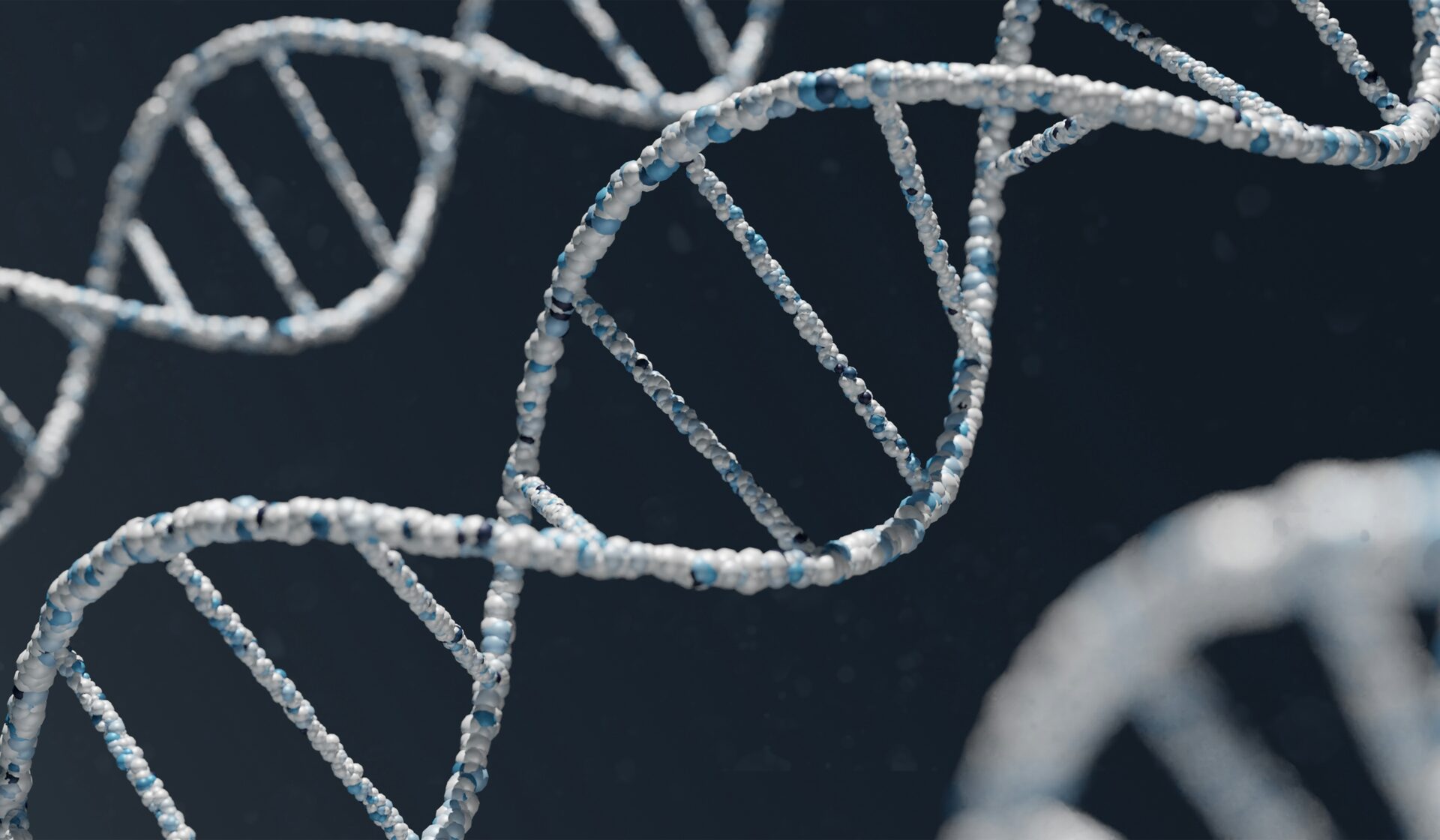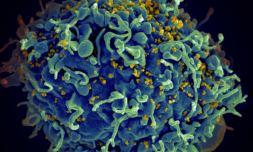Scientists say they’ve been able to literally cut out the ‘bad’ bits of DNA from infected cells to eliminate HIV in patients using the Nobel Prize-winning technology CRISPR.
During the last few years, scientists have made strides towards treating diseases through gene-editing technology, their most promising breakthrough being the discovery of CRISPR.
The essence of CRISPR is simple: it’s a means of finding a specific bit of DNA inside a cell.
After that, the next step is to store the genetic code of a virus once it’s encountered so that the next time it tries to attack, the bacteria recognise the virus and remain unaffected. In other words, it has gained immunity.
Though still in its early stages, CRISPR has already showed promise – and won the Nobel Prize in Chemistry – in clinical trials for the treatment of cancer, blood disorders, and cystic fibrosis.
And in the quest to optimise human health, it’s even been considered as a means of preventing diseases from ever emerging in the first place with an ethically questionable ‘designer baby’ process that involves giving embryos natural immunity from the start of their growth.
Most recently, it’s raised hopes for an eventual cure to HIV, which has raged around the world for decades, causing ineffable deaths.
According to WHO, there were approximately 39 million people across the globe with HIV in 2022, 37.5 million of which were adults, 1.5 million of which were children younger than 15, and 53% of which were women and girls.
The current figures are unknown.
Since the immunodeficiency virus initially emerged in the population, science has played a key role in tackling the epidemic.




















